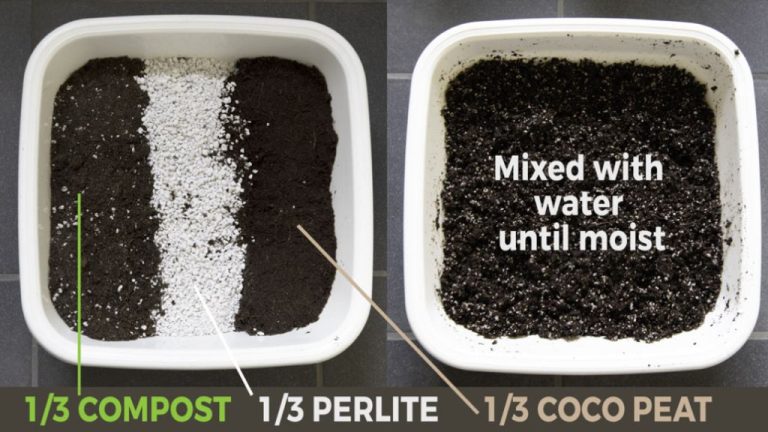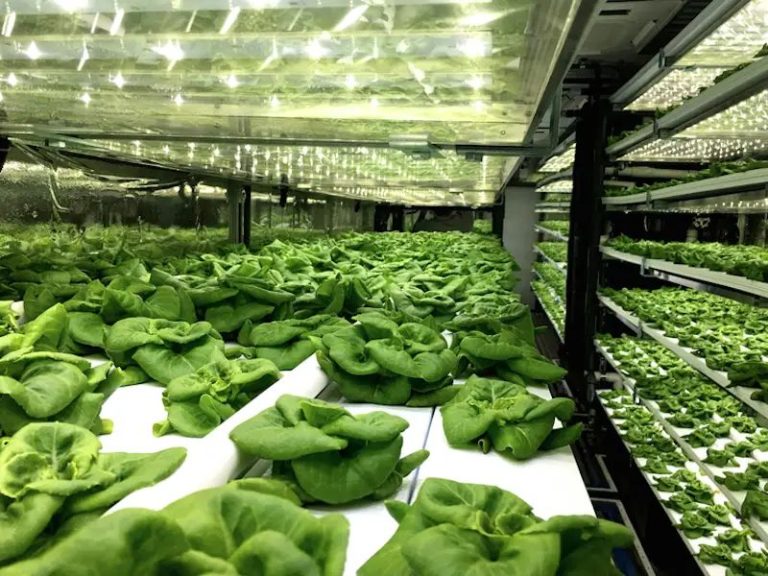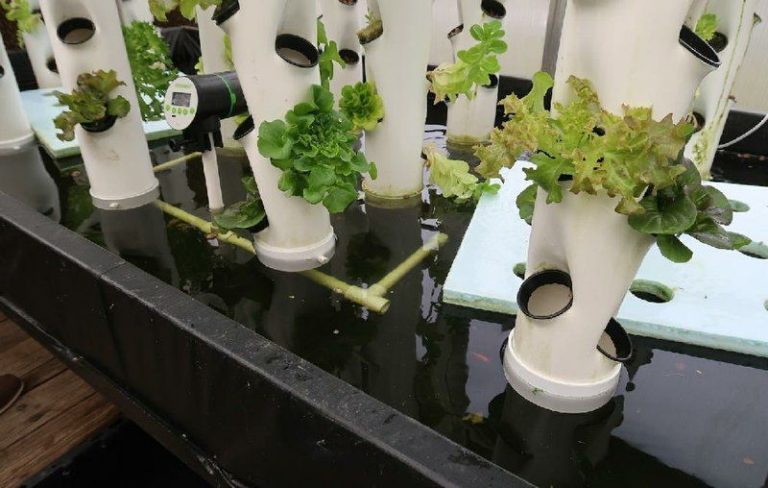Urban Garden Design Tips For Sustainable City Living
Urban gardening has been growing in popularity over the last decade. More and more people are recognizing the benefits of growing their own food, even in limited spaces. According to Gitnux.org, over 70% of urban farmers grow food primarily for personal consumption. The global urban farming market was valued at over $129 billion in 2021 and is expected to reach $203 billion by 2027, representing a 7.6% CAGR according to Business Research Insights.
There are many reasons for this growth. Urban gardens allow city dwellers to have access to fresh, organic produce. Gardening provides a constructive hobby and a way to relax. It also reduces one’s carbon footprint by cutting down on food transportation. Additionally, community gardens foster connections between neighbors and supply food banks. With some planning, even those with limited space can find creative ways to grow food at home.
Assess Your Space
When starting an urban garden, the first step is to assess your available space. Consider the amount of sunlight the area receives throughout the day. Plants need adequate sunshine to thrive, typically at least 6 hours of direct sun. Gauge sunlight by tracking how the space is shaded by buildings or trees during the day.
Next, examine the soil conditions if growing in the ground. Test the pH balance and nutrient levels. Most edible plants prefer slightly acidic soil with a pH between 6.0-7.0. Send a sample to a lab for analysis if needed. Also observe the drainage by watering a small section and seeing if it puddles.
Furthermore, evaluate access to water nearby. Having a spigot or hose is ideal for easily irrigating your garden. Otherwise, plan how you’ll manually transport sufficient water. Finally, measure the physical dimensions of your space. This will determine how many plants you can accommodate.
By thoroughly assessing these factors – sunlight, soil, water, and size – you can gain an understanding of your urban garden’s limitations and potential. This will allow you to design a landscape adapted for your unique setting.
Start Small
When starting an urban garden, it’s best to begin with just a few plants or containers at first. This allows you to get comfortable with gardening fundamentals without becoming overwhelmed. According to gardening experts, “One of the things I always see when gardeners start out is they tend to be a little overambitious” (Chicago Tribune). Focus on learning the basics of soil, watering, and maintenance before expanding your garden.
Start by selecting just a couple hardy plants or filling a few containers. Pay attention to how much time this small garden requires for care. This will help you gauge how much you can realistically manage as a beginner. It’s better to start small and be successful than bite off more than you can chew. Once you have a handle on a few containers or plants, you can gradually expand your urban garden over time.
Choose Suitable Plants
When selecting plants for a small urban garden, it’s important to consider sunlight, available space, and maintenance requirements. Choose plants that are suited to the sunlight conditions in your yard – full sun, partial sun, or shade. Scale down the size of plants to fit small spaces; look for compact or dwarf cultivars of larger plants. Prioritize low-maintenance plants that don’t require frequent pruning, staking, deadheading, or dividing. Some good options include:
Full Sun: Lavender, Coneflowers, Ornamental grasses, Succulents
Partial Sun: Astilbe, Coral bells, Hardy geraniums, Hostas
Shade: Ferns, Impatiens, Begonias, Coleus
For small spaces like balconies or courtyards, look for plants suitable for containers. Opt for compact varieties of edibles like tomatoes, peppers, bush beans, and herbs. Vertical gardening with vining plants grown on trellises and walls is another great option.
Use Containers
Using containers is one of the most effective urban gardening techniques for small spaces. Containers are lightweight, movable, and come in a huge variety of sizes and materials to fit any space (Citation – https://makecustomgpt.com/welcome-to-the-cutting-edge-of-custom-gpt-ideas-your-guide-to-ai-powered-innovation/). They allow you to cultivate plants on balconies, patios, rooftops, courtyards, and other small outdoor areas. Containers also let you control the soil environment for optimal drainage and nutrients.
The mobility of containers makes them ideal in urban settings where space is limited. You can cluster pots together to maximize planting space, or shift them around to capture sunlight and provide your plants with the light they need to thrive. Container gardening enables flexibility as you can easily add, remove, or reposition plants.
Look for lightweight pots made of materials like plastic, resin, wood, or metal that can withstand weather conditions. Make sure containers have drainage holes at the bottom – this is crucial for healthy roots and preventing waterlogged soil. Line them with landscape fabric to prevent soil from escaping.

Optimize Sunlight
Sunlight is critical for plants to photosynthesize and thrive. However, urban gardens may struggle with limited sunlight due to tall buildings, narrow spaces, and being in the shade of trees or structures. There are several strategies to optimize sunlight in an urban garden:
Use sunlight-loving plants like tomatoes, peppers, eggplant, and herbs that need at least 6 hours of direct sun per day. Choose varieties that can tolerate partial shade if needed. Position these plants in the areas that receive the most sunlight.1
Supplement natural sunlight with grow lights or reflectors. Position grow lights above plants or areas that need more sunlight. Use reflective materials like white paint or aluminum foil on walls or surfaces around plants to bounce more sunlight onto them.
Strategically position plants, trellises, containers, and other structures to maximize sunlight. Place taller elements like trellises along north-facing walls to allow more southern sunlight to reach lower-growing plants. Avoid shading plants with other plants, containers, or decor.
Rotate potted plants or reposition plant beds regularly so all plants get sufficient sunlight exposure over time. Observe sunlight patterns and plant accordingly.
With smart planting choices and placement, urban gardeners can overcome sunlight challenges and grow thriving plants.
Conserve Water
Urban gardens need watering during dry spells, but there are smart ways to conserve water in your city garden. Utilizing drip irrigation, rain barrels, and drought-resistant plants are effective techniques.
Drip irrigation systems deliver water directly to plant roots through tubes and emitters. This approach uses around 50% less water than sprinklers by reducing evaporation and runoff. Installing a timer ensures the system operates efficiently when you’re away. Consider a drip system with pressure regulation for optimum water savings.
Collecting rainwater in barrels is another excellent conservation strategy. Barrels store roof runoff for later use in the garden. Adding a filter helps keep debris out. Place barrels near downspouts to capture the most rainwater. Just an inch of rain falling on a 1,200 square foot roof generates over 700 gallons of water. With the right setup, stored rainwater can meet a substantial portion of your garden’s needs.
Finally, select native plants adapted to drought. Succulents, agaves, sedums and certain grasses thrive on little water once established. Check with local nurseries for varieties suited to your climate. Grouping plants with similar watering needs together also boosts efficiency.
Following these conservation tips will help sustain your urban oasis while protecting precious water resources.
Fertilize Smart
When fertilizing an urban garden, it’s best to use natural options that avoid chemical runoff. Organic fertilizers like compost, manure, bone meal, and blood meal slowly release nutrients into the soil for steady plant growth. Apply these 2-3 times per growing season, mixed into the top few inches of soil or as a side dressing around plants. Compost tea is another organic option that provides nutrients and beneficial microbes when sprayed onto plant leaves and soil. For container plants, use a slow-release organic granular fertilizer, sprinkling lightly per package directions. Avoid over-fertilizing, as excess nutrients can leach into groundwater during rains. Always follow label instructions for fertilizer amounts and timing.
Sources:
https://gardenculturemagazine.com/tips-and-tricks-to-fertilizing-the-home-garden/
Manage Pests
Pests like aphids, slugs, and fungus gnats can quickly get out of control in an urban garden. The key is using organic pest control methods focused on prevention. Start by getting to know the common pests in your area and inspect plants regularly for early signs of infestation. Remove heavily infested leaves or plants right away to prevent spreading. Also, be careful not to over-water plants as excess moisture breeds fungus gnats and other pests.
Encourage beneficial insects like ladybugs, lacewings, and predatory mites which naturally prey on pests. You can buy them from garden stores or attract them by planting flowers like cosmos, calendula, and yarrow. Avoid broad-spectrum insecticides which kill the good bugs too. For slugs, use diatomaceous earth sprinkled around plants. Neem oil, insecticidal soap and garlic or hot pepper sprays also work against many insects. With some knowledge of organic methods, you can keep pests under control the natural way.
Get Inspired
Urban gardens allow you to bring nature into the city and make the most of small spaces. There are so many creative ways to design an urban garden that will fit your space and needs.
For example, this rooftop garden by J.Roc Design transforms a barren rooftop into a lush oasis with a living wall, raised beds, and even a putting green (source). The designer made use of vertical space to pack a lot into a small area.
You can also create beautiful curb appeal and additional backyard space with a front yard food garden like this one designed by Frederique Lavoipierre. It features an inviting path leading to raised veggie beds and berry bushes (source).
Let these innovative urban garden designs spark your creativity. With some planning, you can grow thriving plants and create an inviting oasis even in the smallest city space.






